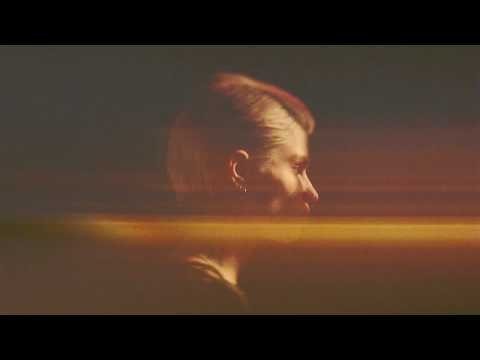Answer to Question 1
After the Normans effectively pushed the Muslims out of the Mediterranean Sea, life began to settle in Europe and people enjoyed some degree of security. In this atmosphere, religious idealism gave way to the Crusades. The Byzantine emperor had pressed the Catholic Church to aid in delivering the East from the Muslim Turks, who were threatening the Byzantine Empire and denying Christian pilgrims access to the Holy Land. Following a fiery sermon by Pope Urban II in 1095, thousands of laymen and clergy took up the Cross and marched across Europe to the Byzantine East. Well before reaching their destination, a combination of avarice and religious fervor inspired some of the Crusaders to plunder the cities along the Rhine, robbing and murdering all enemies of Christ. It soon became apparent that the material benefits of the Crusades outweighed the spiritual ones. Aside from such economic advantages as those enjoyed by individual Crusaders and the Italian city-states, the gains made by the seven major Crusades were slight. By 1291, all recaptured lands, including the city of Jerusalem, were lost again to the Muslims.
Despite their failure as religious ventures, the Crusades had enormous consequences for the West: the revival of trade between East and West enhanced European commercial life, encouraging the rise of towns and bringing great wealth to the Italian cities of Venice, Genoa, and Pisa, which would lead to the Italian Renaissance. Political power in the embryonic nation-states of England and France were consolidated and centralized. Further, renewed contact with Byzantium promoted an atmosphere of commercial and cultural exchange that had not existed since Roman times. Luxury goods, such as saffron, citrus, silks, and damasks, entered Western Europe, as well as all of the Arabic translations of Greek manuscripts and influential Islamic literature.
Answer to Question 2
In medieval feudal times, lords provided military defense and political leadership for their territories. Vassals served these lords in times of battle and received land properties in exchange. In the noble class, a man was first and foremost a mounted man-at-armsa chevalier or knight. The knight's conduct and manners in all aspects of life were guided by a strict code of behavior called chivalry. Chivalry demanded that the knight be courageous in battle, loyal to his lord and fellow warriors, and reverent toward women.
The ideals of the knight in the feudal age are well captured in the French epic poem, the Song of Roland. Its rugged Old French verse describes a culture that prized the performance of heroic deeds that brought honor to the warrior, his lord, and his religion. The poem brings to life such aspects of early medieval culture as the practice of naming one's battle gear and weapons (often considered sacred), the dependence on cavalry, the glorification of blood-and-thunder heroism, and the strong sense of comradeship among men-at-arms.
After Vikings settled in Normandy, they crossed the English Channel and seized the throne of England. The Bayeux Tapestry, one of the most famous Norman artifacts, serves as a visual record of this conquest. The work is epic in theme and robust in style, consisting of sweeping narratives whose episodes are irregular rather than uniform in length. Weapons and armor in both epic and embroidery are described with loving detail; the Bayeux Tapestry serves as a veritable encyclopedia of medieval battle gear: kite-shaped shields, conical iron helmets, hauberks, short bows, double-edged swords, battle axes, and lances.
The Normans brought feudalism to England, as well as their advanced knowledge in the construction of stone castles and churches. Their castles featured a keep(square tower) containing a dungeon, a main hall, and a chapel, and incorporated a central open space with workshops and storehouses. The enclosing stone walls were usually surmounted by turrets with crenellations that provided archers with protection in defensive combat. A moat (a trench usually filled with water) often surrounded the castle walls to deter enemy invasion. The brilliance of the Normans' achievements in architecture, apparent in their fortresses and churches, lies in the use of stone to replace earlier timber fortifications and in the clarity with which the form of the building reflects its function.







